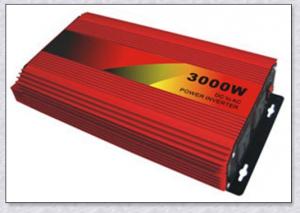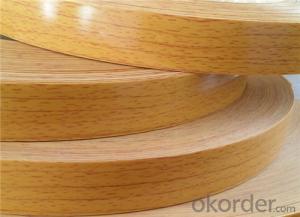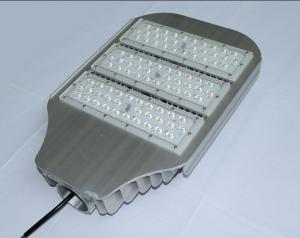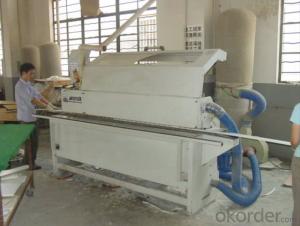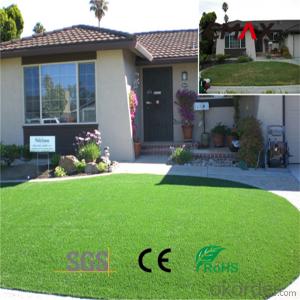Solar Edge Inverter Cost
Solar Edge Inverter Cost Related Searches
Ac Inverter For Solar Panels Solar Panel With Ac Inverter Gas Furnace With Ac Panda Hot Water Bottle Cover Minion Hot Water Bottle Cover Abb Solar Water Pump Inverter Solar Water Pump Philippines Extra Long Hot Water Bottle Solar Panel Dc To Ac Inverter Old Fashioned Hot Water BottleHot Searches
Solar Edge Inverter For Sale Fiberglass Scaffolding For Sale Fiberglass Panels For Sale Fiberglass Greenhouses For Sale Type Of Scaffolding With Pdf Solar Inverter With 2 Battery Pedestal Fan With Water Spray Price Mini Inverter With Battery Online Shopping Solar Edge Inverter Price Ceiling Fan Lowest Price Solar Edge Inverter Sizes Type Of Inverter For Solar Types Of Inverter For Solar Used Solar Inverter For Sale Inverter Size For Solar System Solar Edge Inverter For Sale 5kw Solar Inverter For Sale Solar Inverter For Sale Solar Inverter For Battery Solar Inverter For Split AcSolar Edge Inverter Cost Supplier & Manufacturer from China
Okorder.com is a professional Solar Edge Inverter Cost supplier & manufacturer, offers integrated one-stop services including real-time quoting and online cargo tracking. We are funded by CNBM Group, a Fortune 500 enterprise and the largest Solar Edge Inverter Cost firm in China.Hot Products
FAQ
- Yes, a solar inverter can be monitored remotely. With the help of advanced technologies and internet connectivity, solar inverters can be connected to a monitoring system that allows real-time monitoring and control from a remote location. This remote monitoring feature enables users to track the performance, energy production, and potential issues of their solar inverters without being physically present at the installation site.
- Yes, a solar inverter can be used with a net metering system. In fact, a solar inverter is an essential component of a net metering system. It converts the direct current (DC) electricity generated by the solar panels into alternating current (AC) electricity that can be used to power the home or business. The excess electricity produced by the solar panels is fed back into the grid through the net meter, allowing the utility company to credit the owner for the excess energy produced.
- The main purpose of a grid-tie inverter in a solar PV system is to convert the DC electricity produced by the solar panels into AC electricity that can be utilized to supply power to electrical devices in homes or businesses. In a solar PV system, the solar panels generate DC electricity when exposed to sunlight. However, most residential and commercial establishments require AC electricity, which is the standard form of electricity provided by utility companies. This is where the grid-tie inverter comes into play. The grid-tie inverter takes the DC electricity generated by the solar panels and transforms it into AC electricity that is compatible with the electrical grid. It ensures that the electricity produced by the solar panels is synchronized with the utility power and can be seamlessly integrated into the existing electrical system. One of the primary functions of a grid-tie inverter is to match the frequency, voltage, and phase of the AC electricity generated by the solar panels with that of the utility power. This synchronization is crucial to guarantee a smooth flow of electricity between the solar system and the grid, and to prevent any interruptions or harm to the electrical system. Furthermore, a grid-tie inverter also serves as a safety monitor for the electrical grid. It continuously checks for any voltage or frequency fluctuations in the grid and can automatically disconnect from the grid in case of a power outage or grid failure. This feature is important to ensure the safety of electrical workers who might be repairing the grid during an outage. Additionally, a grid-tie inverter enables net metering, which is a billing arrangement where surplus electricity generated by the solar system can be fed back into the grid. This means that if the solar system produces more electricity than is being consumed, the excess energy can be sent back to the grid and the homeowner or business owner can receive credits for the surplus energy produced. This can help offset energy costs and potentially result in financial savings. In conclusion, the grid-tie inverter plays a crucial role in a solar PV system by converting the DC electricity generated by the solar panels into AC electricity that can be used to power electrical devices, ensuring synchronization with the electrical grid, monitoring the grid for safety, and enabling net metering for potential financial benefits.
- Yes, a solar inverter can be connected to a generator. This connection allows the solar inverter to work in conjunction with the generator, utilizing both the solar energy and the generator power to meet the electrical requirements of a system.
- Yes, a solar inverter can be used in a hybrid solar system. A hybrid solar system combines solar power with other sources of energy, such as batteries or a backup generator. The solar inverter is responsible for converting the DC electricity generated by the solar panels into AC electricity that can be used to power appliances and other electrical devices. In a hybrid system, the solar inverter works in conjunction with other components, such as a battery inverter or a grid tie inverter, to manage the flow of electricity between the solar panels, batteries, and the electrical grid.
- The solar inverter relies on a fault detection feature to oversee and detect any irregularities or malfunctions within the system. This crucial feature is essential for the smooth and efficient functioning of the solar inverter. Constantly monitoring the solar inverter's various components and parameters, such as input and output voltages, current levels, temperature, and other critical factors, the fault detection feature analyzes real-time data and compares it to predetermined thresholds or expected values. If any parameter strays from the normal range or exceeds set limits, the fault detection feature promptly identifies it as a fault or abnormality. The primary objective of this feature is to safeguard the solar inverter from potential harm and prevent any safety risks. By swiftly detecting faults, the inverter can take appropriate actions to address the issue or shut down the system if necessary. This safeguards the inverter and other connected devices from further damage. Additionally, the fault detection feature aids in troubleshooting and determining the root cause of the fault. It offers valuable information about the fault's type and location, enabling faster and more accurate repairs or maintenance. This reduces downtime and ensures optimal performance and longevity of the solar inverter. Furthermore, the fault detection feature plays a vital role in system monitoring and maintenance. It provides valuable data and notifications to system operators or maintenance personnel, allowing them to proactively address any potential issues. This maximizes the uptime of the solar inverter and minimizes overall maintenance costs. To summarize, the fault detection feature in a solar inverter continuously monitors, identifies, and responds to faults or abnormalities in the system. Acting as a protective mechanism, it ensures the safe and reliable operation of the inverter, enables swift troubleshooting, and facilitates efficient maintenance practices.
- Yes, solar inverters can be used in regions with extreme weather conditions. However, it is important to choose an inverter that is specifically designed and rated for such conditions. Inverters with high-quality components and robust construction can withstand extreme temperatures, humidity, and other weather-related challenges. Additionally, proper installation and maintenance practices are crucial to ensure the longevity and optimal performance of the inverter in extreme weather conditions.
- The impact of a solar inverter on the overall system cost can be significant. A solar inverter is an essential component of a solar power system that converts the direct current (DC) generated by solar panels into alternating current (AC) that can be used to power electrical devices or be fed back into the grid. The cost of a solar inverter can vary depending on its capacity, efficiency, and brand. Generally, more advanced and efficient inverters tend to be more expensive. However, investing in a high-quality inverter can result in long-term savings and improved system performance. One important consideration is the size of the solar power system. Inverters have capacity limits, and selecting an appropriately sized inverter is crucial to optimize energy production and system efficiency. Choosing an undersized inverter can limit the system's performance, while an oversized inverter may result in unnecessary additional costs. The quality and reliability of the inverter are also important factors. A well-built and reliable inverter can minimize maintenance and repair costs, ensuring a longer lifespan for the solar power system. Additionally, advanced features like monitoring capabilities and grid integration functionalities can enhance the overall system performance and provide valuable data for maintenance and troubleshooting, but they may also increase the overall system cost. Moreover, the efficiency of a solar inverter can impact the overall system cost. Higher efficiency inverters can convert a greater amount of DC power into usable AC power, resulting in increased energy production and potentially reducing the number of solar panels required. This can lead to cost savings in terms of panel purchase and installation. In conclusion, while the cost of a solar inverter is an important consideration in overall system cost, it is crucial to balance it with factors such as capacity, efficiency, reliability, and additional features. Investing in a high-quality inverter that is appropriately sized can result in long-term savings, improved system performance, and higher energy production, ultimately maximizing the value and benefits of a solar power system.






